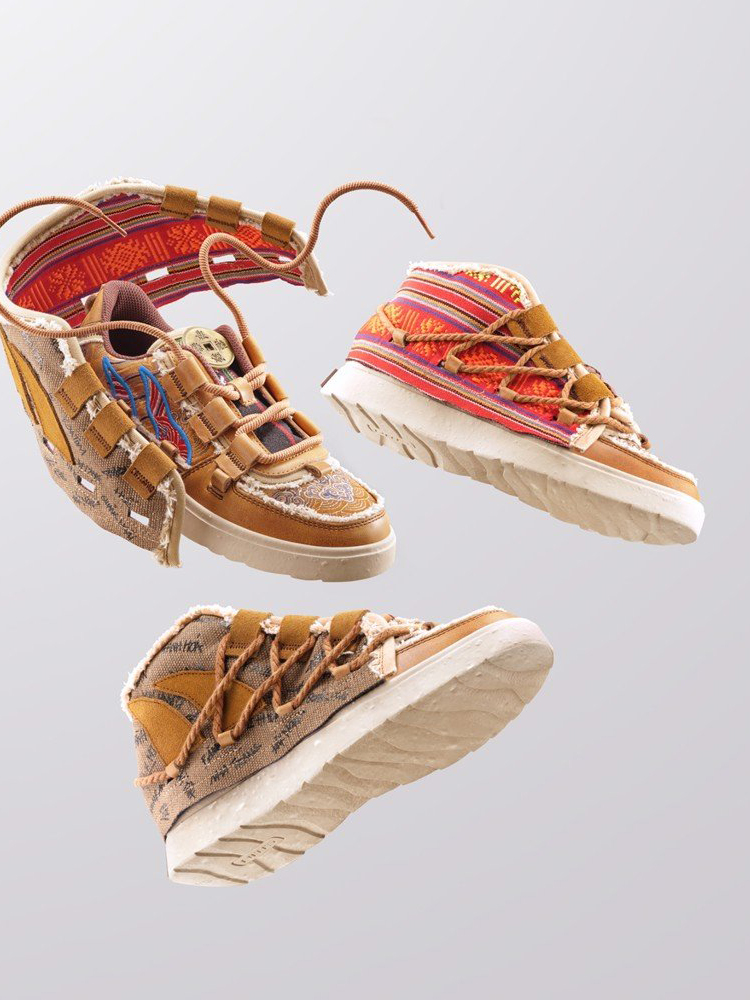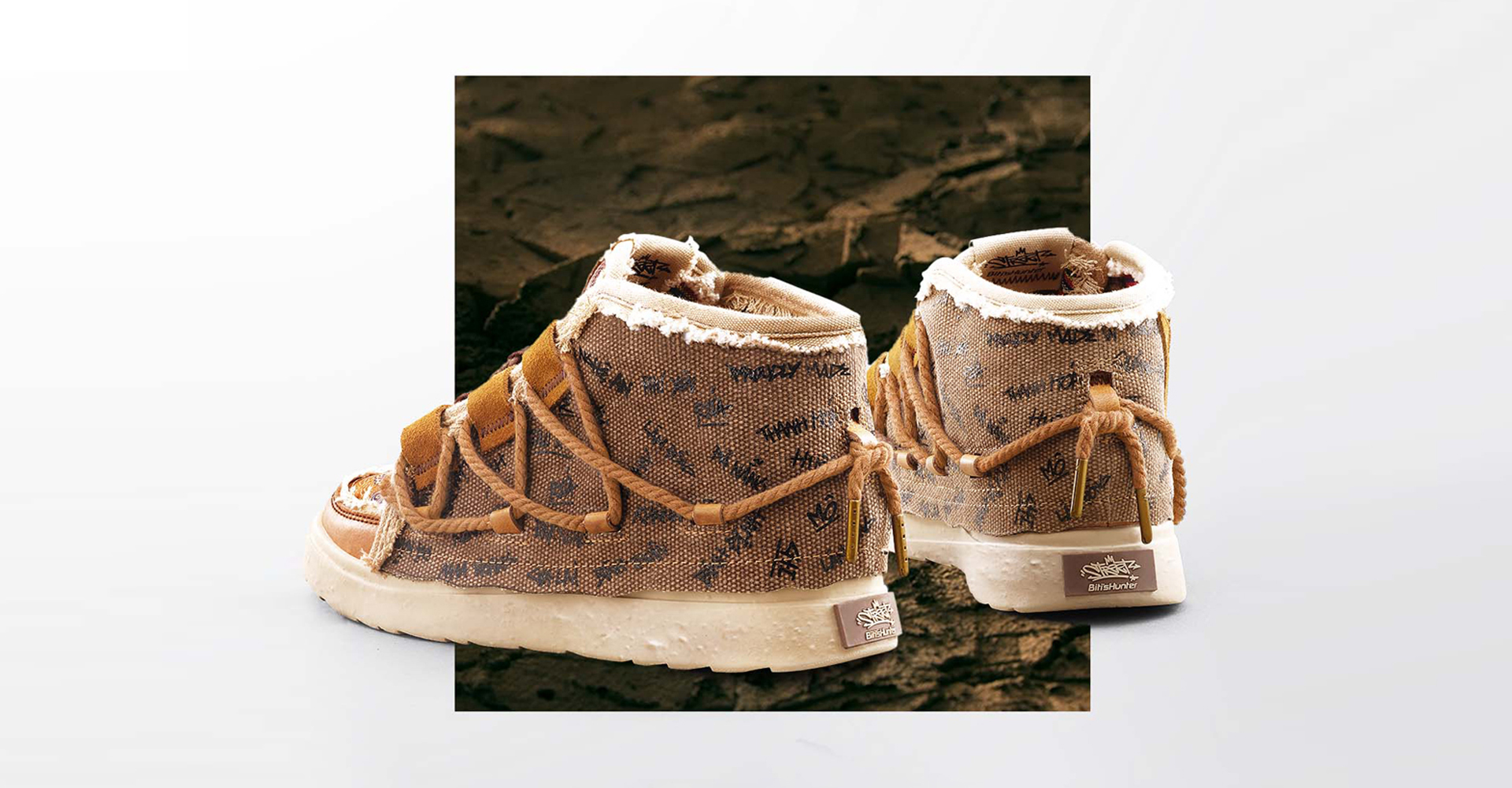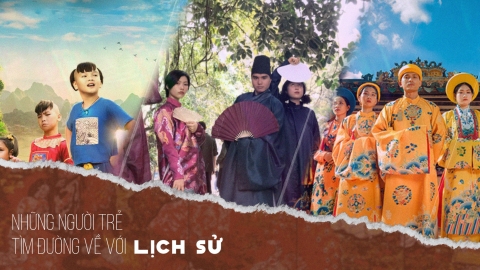On October 10, 2021, the famous Vietnamese shoe brand, Biti's, introduced a new collection under the Biti's Hunter Street Blooming' Central project called "Inspiring Central Pride - Flowers in Stone". But instead of receiving support from the community - especially the youth - like with previous collections, this time, Biti's received many negative responses.

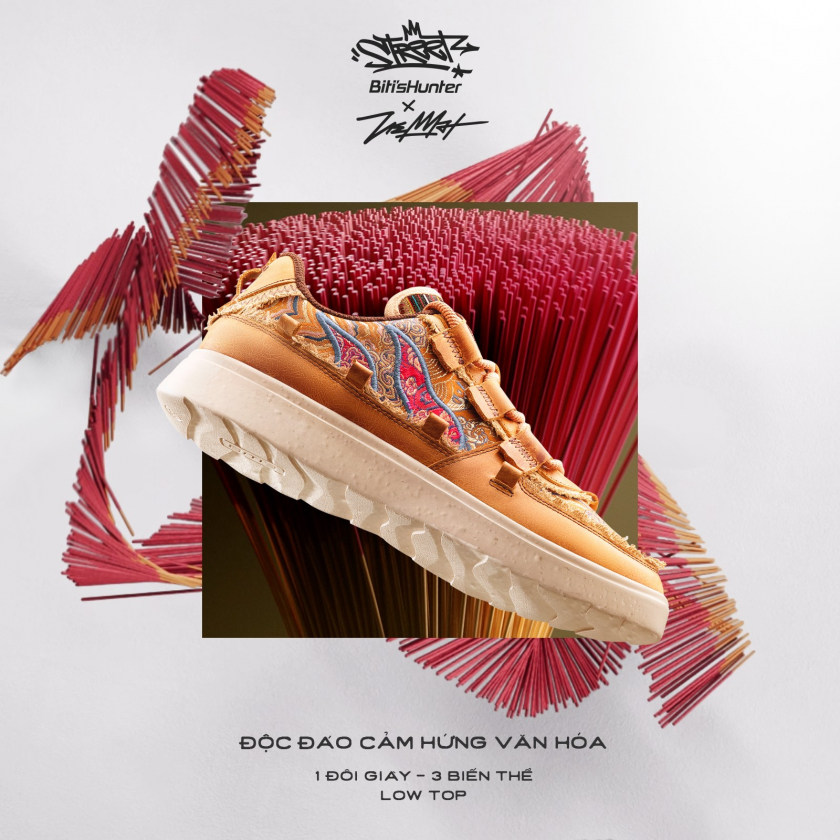
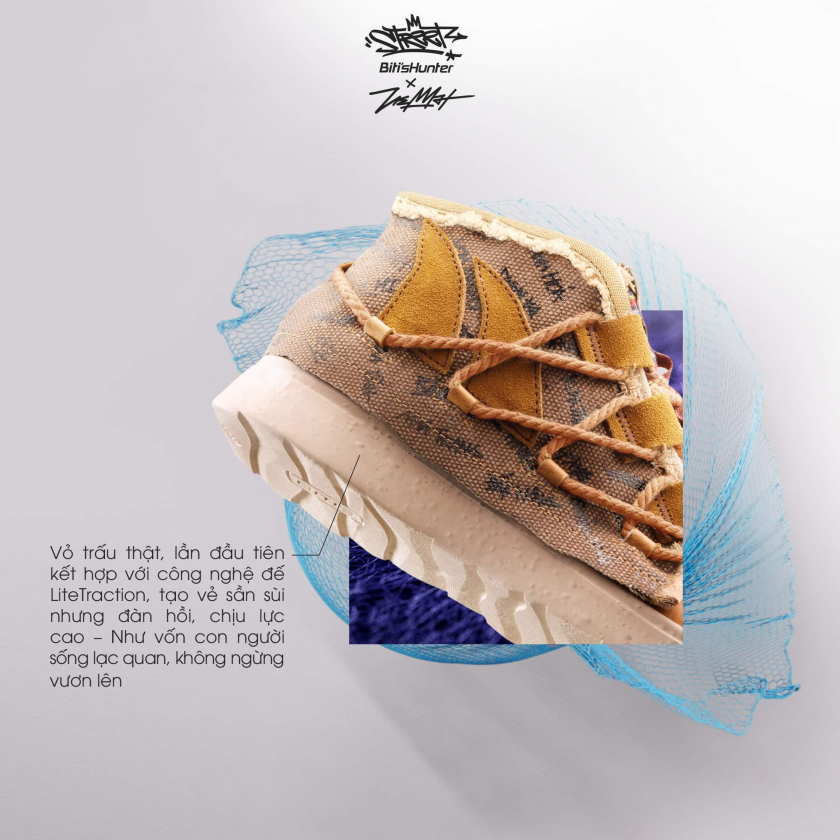
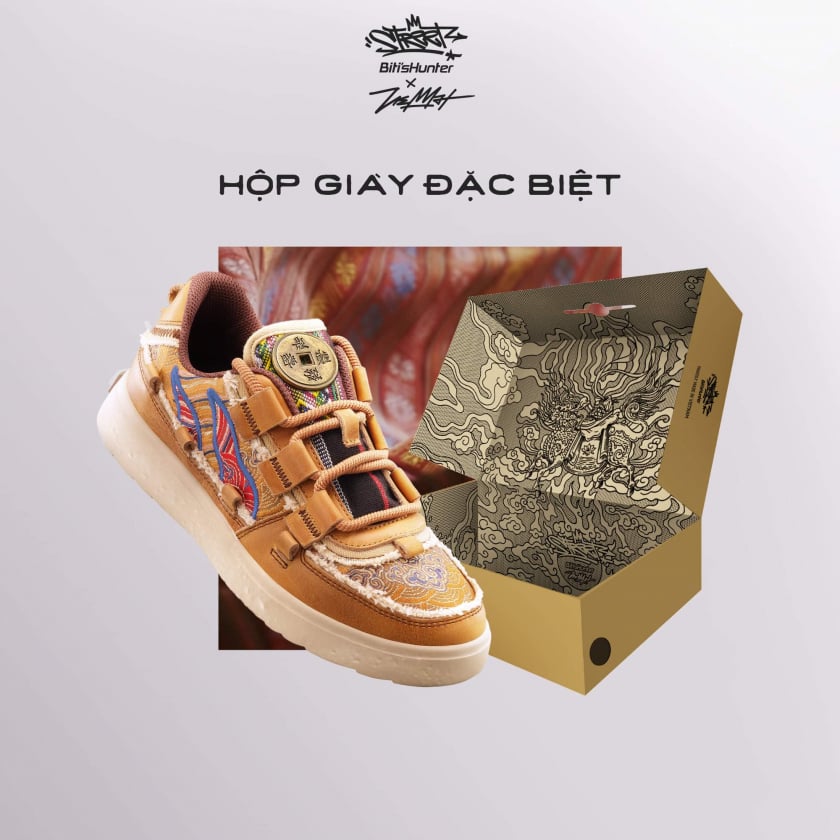
On the new shoe models in collaboration with artist Viet Max, Biti's uses imagesflowers bloom on rockssymbolizes the people of Central Vietnam, imageincenseof the Kinh people, cloud patterns from the decorative language of the Nguyen Dynasty, brocade materials typical of ethnic minority costumes and ancient coins of the Kinh people in the Middle Ages... However, some people quickly realized that the brocade pattern on a shoe model of Biti's - introduced by the company as being designed by the team themselves, expressing Vietnamese cultural identity - originated from cheap brocade fabric from China.
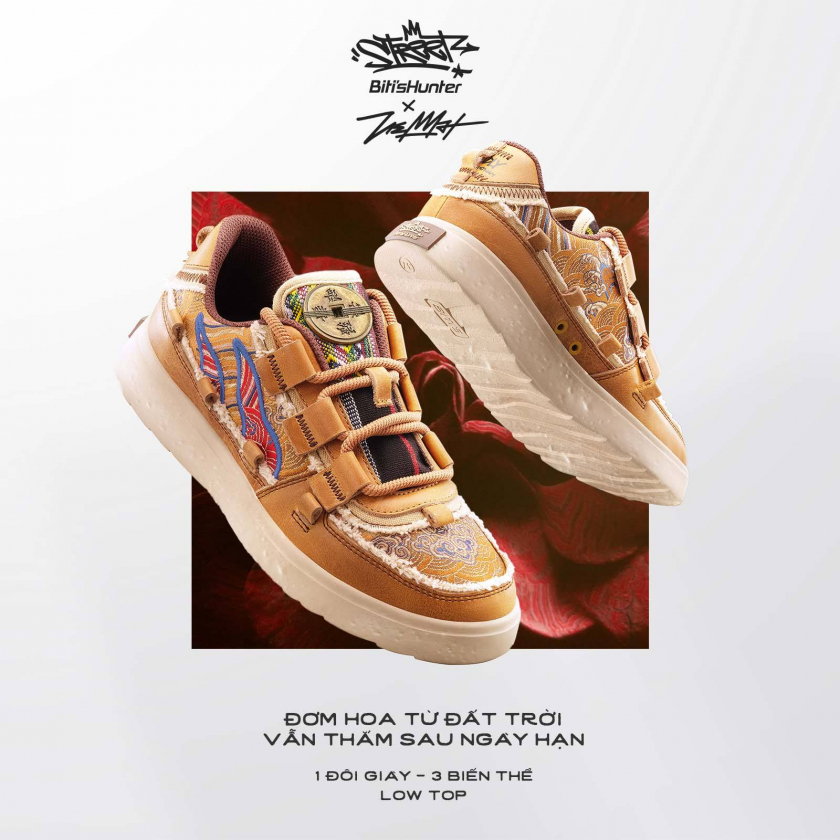

Typical Chinese motifs

Clothing with similar Chinese patterns
Specifically, La Quoc Bao - a 9x known as the owner of unique shoes with Nguyen Dynasty patterns, shared:On the surface of [Biti's] design is a layer of "creatively invested, diversely researched & labor-intensively produced" pattern from China! For those who understand Chinese culture, just by looking at it, you can immediately tell that this is the "sea water river cliff 海水江崖" Hangzhou pattern, which is very popular in making low-cost souvenirs, and is the most sold on Taobao - a type of cheap, mass-produced brocade.
In addition, the "Central Highlands brocade" pattern on another Biti's shoe model also raises questions for the public, because no one can clearly determine the origin of the brocade pattern that Biti's introduced from which ethnic culture - among the more than 46 ethnic groups currently in the Central Highlands.
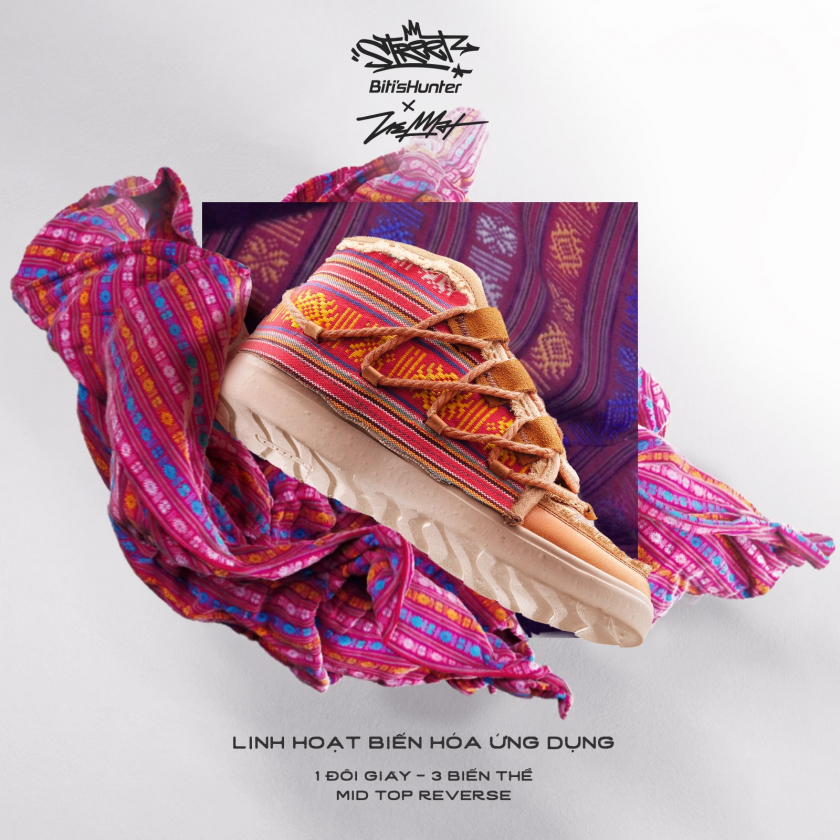
After 2 days of launching and receiving countless criticisms from social media users and the press, on the afternoon of October 13, Biti's officially apologized and explained on its fanpage. Accordingly, the company admitted that it had chosen brocade fabric from China to express the product idea. "Previously, Biti's Hunter tried to find domestic fabric sources, but could not find a supplier with suitable textiles" - Biti's representative shared on the fanpage.
Biti's also "acknowledged" the community's contribution, when it helped the company... find the origin of the pattern used on the "Central Highlands brocade" shoe model, which actually originated from the dog paw pattern in Cham brocade.
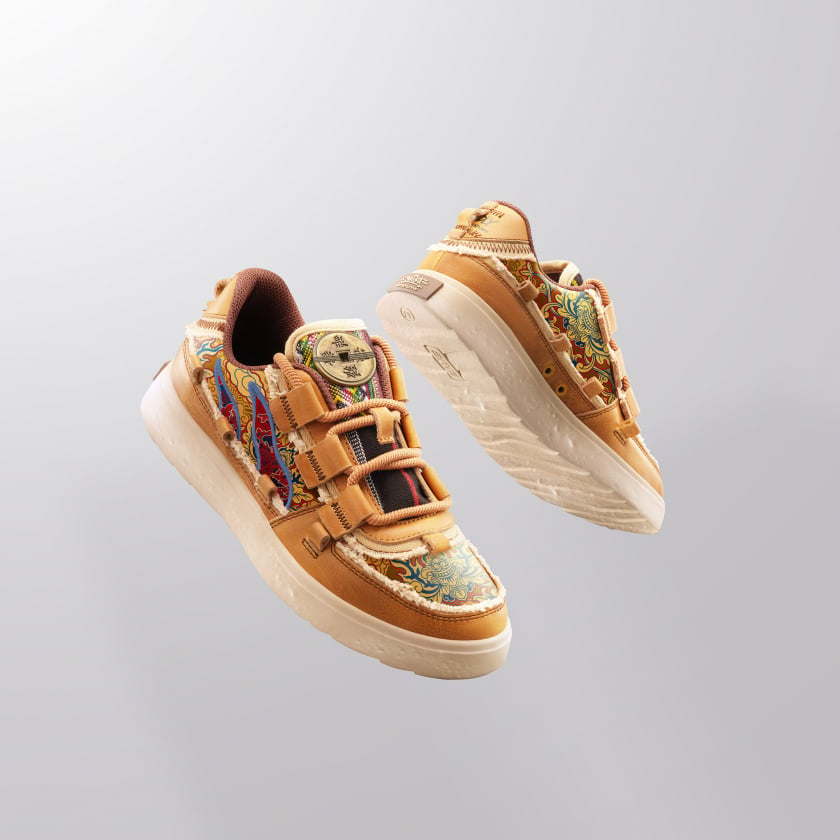
The new design, using stylized patterns from Hue culture, will replace the brocade fabric with Chinese motifs (Source: FB Bitis Hunter)
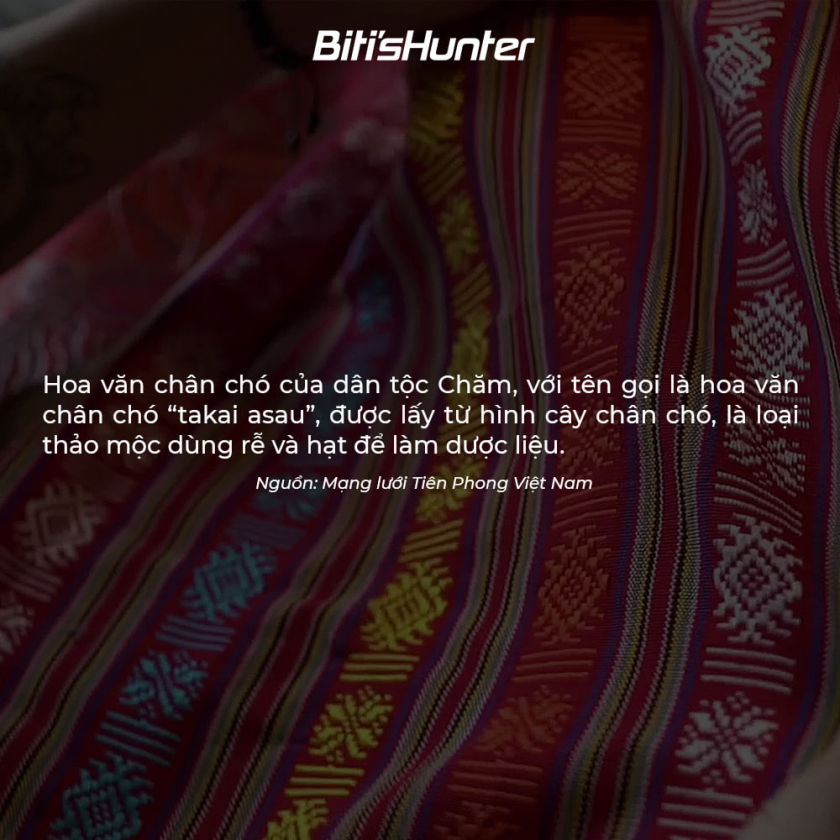
Explanation of the origin of the "Central Highlands brocade" pattern, which is actually the dog paw pattern of the Cham people (Source: FB Bitis Hunter)
In addition to correcting the information, Biti's also offered solutions to overcome the above problems: replacing brocade fabric inspired by Hue's culture and art to perfect the product; supporting customers to return products if they want to cancel their orders; committing to maintain the plan to donate 100,000 VND/product sold to contribute to the Central region's talent development funds... Quickly, Biti's received widespread support from online public opinion, when the company demonstrated an open-minded attitude, knowing how to listen, as well as the ability to promptly fix the "problem".
Professional enough?
From "borrowing" foreign motifs to "illustrate" one's own culture, or not knowing that the "Central Highlands brocade" motif originated from the Cham people's dog paw pattern, Biti's has left another big question unanswered. If it does not speak up the cultural voice of the indigenous community that the brand is exploiting for its design; if it does not convey to users the meaning and value of those cultural motifs - is it possible that the "Pride of the Central Region" project does not really have the purpose as its name suggests, but is it just a simple business based on market trends?

The online community's harsh reaction to Biti's (in the past 2 days) has also partly reflected the harshness of the fashion industry in Vietnam. Just like the way young people once strongly boycotted some international fashion brands because these brands expressed views contrary to the country's cultural and political background; today, it seems that Biti'salmostfaced a similar situation, when criticism came from even the company's regular users.
On the other hand, the mixed reactions of public opinion are also a sign that Vietnamese people in general and young people in particular increasingly have a certain attitude of interest and respect for the culture and history of the nation - not just stopping at flashy designs and forms on the surface. This is also a big lesson for brands when they want to do business on the cultural aspect. They need more - an attitude of respect and deep understanding - for the culture they are "exploiting", and for the products they want to introduce to consumers. Because after all, what will always conquer the most demanding customers is not a pair of shoes with many cultural colors, or a quality that lasts over time. What we always want to "be" conquered is a pair of shoes that know how tostorytellingculture.





